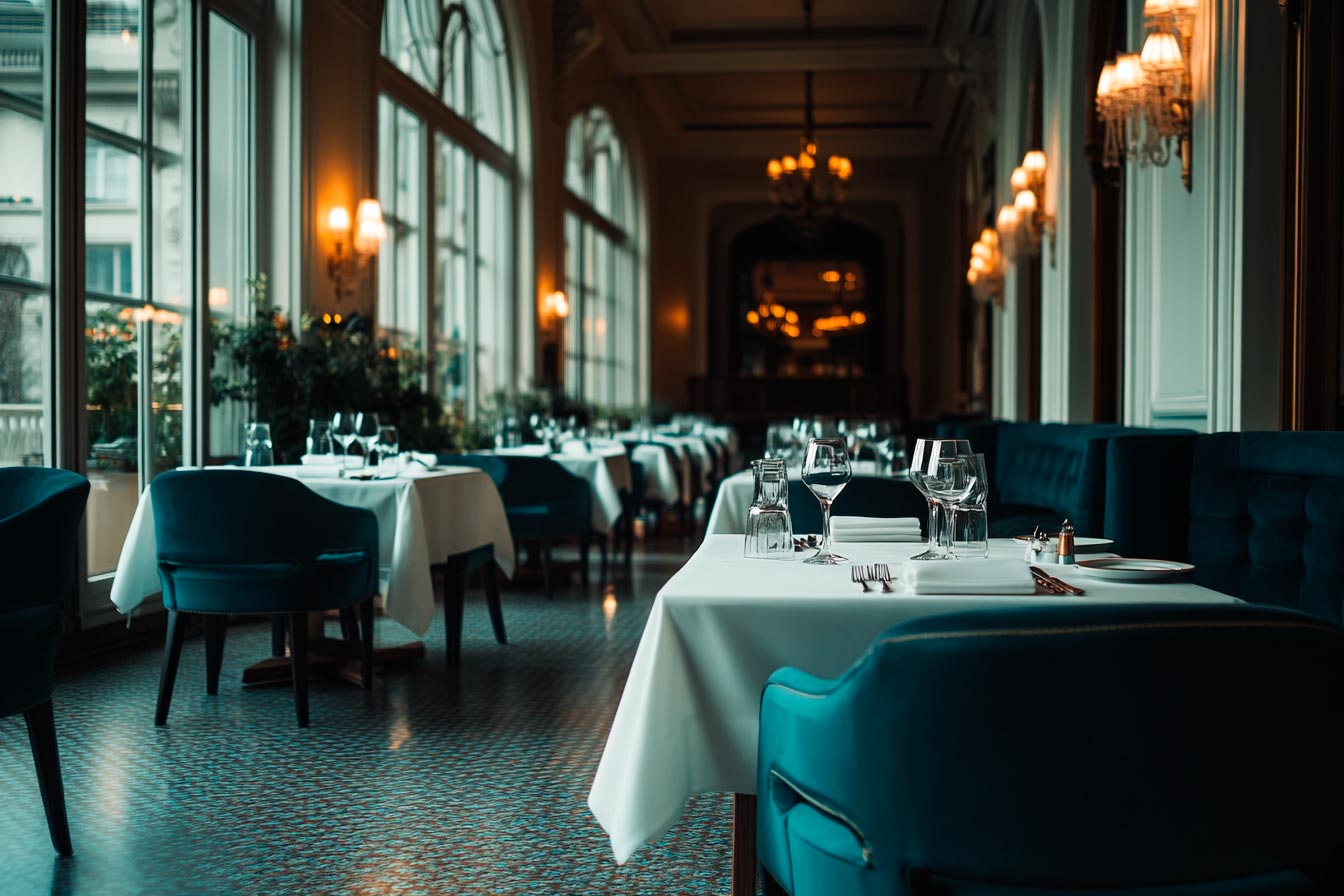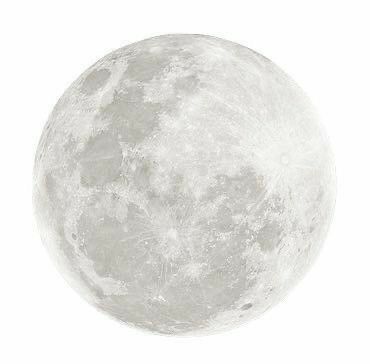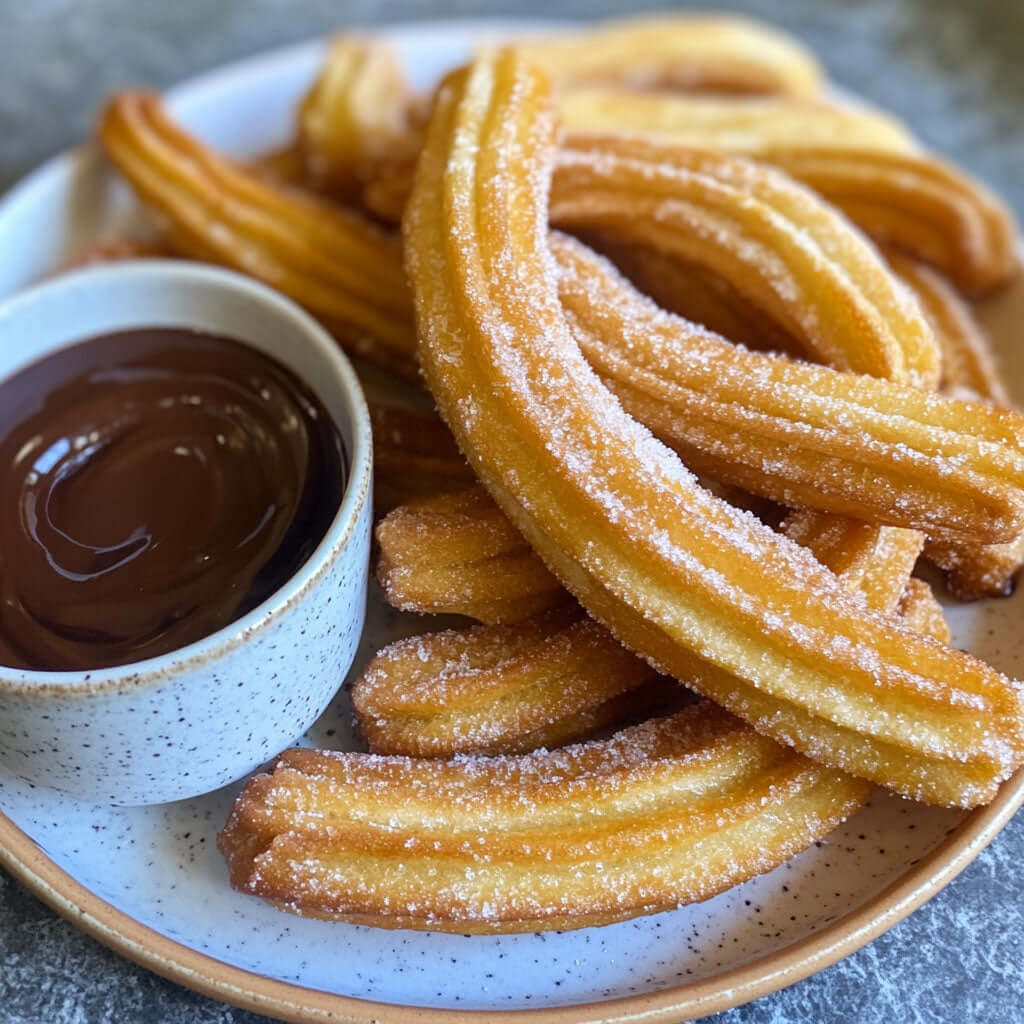Holy Week in Granada

Holy Week in Granada: The Passion and Devotion of a Centennial Celebration
Holy Week in Granada is one of the oldest and most prominent religious celebrations in Spain. Every year, during the last week of Lent, the city becomes a scene of great devotion and solemnity, where the tradition and religiosity of the people of Granada are mixed with the beauty and majesty of its processions.
Easter processions in Granada
Here we bring you our most outstanding processions as well as the important points that you should not miss.
Palm Sunday in Granada: The Holy Supper. One of the most emblematic processions on Palm Sunday in Granada is that of La Santa Cena, which runs through the streets of the historic center of the city. If you want to enjoy this procession in a privileged place, we recommend watching it from the square next to the Church of Santo Domingo, where you can appreciate the beauty of the steps and the solemnity of the procession in a unique and special atmosphere.
In addition, other outstanding places to see the procession of La Santa Cena are the Plaza Bib-Rambla, the Plaza de la Trinidad and the Cudesta del Realejo, which offer panoramic views of the procession and the city of Granada. In short, if you want to enjoy the procession of La Santa Cena in all its splendor, we recommend choosing one of these places to live an unforgettable experience during Holy Week in Granada.
Holy Monday in Granada : Virgen de los Dolores. Another prominent procession in Holy Week in Granada is that of the Virgen de los Dolores, which takes place on Holy Monday and leaves from the Church of San Pablo and San Pedro. If you want to see this procession in a privileged place, we recommend you go to the second bridge of the Paseo de los Tristes, from where you can see the Virgen de los Dolores going up the street to enter her church.
The route of the procession of the Virgen de los Dolores is especially emotional and moving, thanks to the effort and devotion of the Nazarenes and costaleros who carry the steps. In addition, the beauty of the thrones and the solemnity of the procession as a whole create a unique and unforgettable atmosphere.
If you prefer a quieter place with less crowds to see the procession of the Virgen de los Dolores, we recommend you to go somewhere close to the Church of San Pablo and San Pedro, such as Calle Elvira or Plaza Nueva, from where you can also you will be able to appreciate the beauty of this Holy Week procession in Granada. In short, the procession of the Virgen de los Dolores is one of the most emotional and beautiful of Holy Week in Granada, which we recommend you not to miss if you have the opportunity to visit the city on these dates.
The procession of the Rescue
It leaves the Church of the Madeleine.
El Rescate is a procession very dear to the people of Granada, which dates back to the 18th century and represents the passion and death of Jesus Christ. During the procession, you can see attractive pasos such as that of the Lord of Granada, which is a classic of Holy Week in the city.
If you want to enjoy the Rescate procession to the fullest, we recommend a moment that you cannot miss: see the passage of the Lord of Granada in the Plaza de la Trinidad on his way back. In this place you can enjoy saetas, a form of flamenco singing that is performed during the Holy Week processions and that adds even more emotion and feeling to the celebration.
In addition, other outstanding places to see the Rescate procession are Alhóndiga street and San Matías street, which offer privileged views of the steps and the Nazarenes. In any case, if you have the opportunity to experience the procession of El Rescate during Holy Week in Granada, do not hesitate and let yourself be carried away by the emotion and beauty of this very special religious celebration.
Holy Tuesday in Granada:
If you have the opportunity to visit the city on Holy Tuesday, we recommend you not miss two of the most outstanding processions on that day: the Via Crucis and La Esperanza.
The Via Crucis is a procession that takes place on the night of Holy Tuesday and that runs through the streets of the Realejo neighborhood. This procession stands out for the presence of the image of Cristo de los Favores , the oldest in Granada. If you want to experience this procession in a special way, we recommend that you go to San Juan de los Reyes street, where you can see red candles and altars placed, creating a very emotional and unique atmosphere.
Another procession that you cannot miss on Holy Tuesday in Granada is that of Hope. This procession leaves the Church of San Gil and Santa Ana and stands out for the presence of the image of the Virgen de la Esperanza, which is carried on a litter by the Nazarenes in an atmosphere of great devotion and solemnity.
If you want to live a very emotional moment of the procession of Hope, we recommend that you see the Virgin arrive at the Plaza de Santa Ana, where everything becomes emotional when they dance to the sound of music. This is a very special moment of the procession, which we recommend you experience firsthand if you have the opportunity to visit Granada on Holy Tuesday.
In short, the Via Crucis and La Esperanza are two outstanding processions on Holy Tuesday in Granada, which will allow you to enjoy the beauty and solemnity of Holy Week in this beautiful Andalusian city.
Holy Wednesday in Granada
Holy Wednesday is one of the most outstanding days of Holy Week in Granada, which is characterized by the celebration of processions full of beauty, devotion and solemnity. If you have the opportunity to visit the city on this day, we recommend you not to miss three of the most outstanding processions: the Virgen del Rosario, Las Penas and the Cristo de los Gitanos.
The procession of the Virgen del Rosario leaves the Church of Santo Domingo and stands out for the presence of the image of the Virgin, which is carried on a litter by the Nazarenes in an atmosphere of great devotion. Undoubtedly, one of the highlights of this procession is when the Virgin leaves the church and they sing the Salve Marinera for her. If you want to live this moment in a special way, we recommend that you go to the street that leads to the Plaza de Santo Domingo, where you can enjoy this emotional song in a very unique environment.
The procession of Sorrows is another of the outstanding processions on Holy Wednesday in Granada. If you want to see it in a special way, we recommend that you go to San Matías street, where you can see the Nazarenes walk up the hill to the sound of music. This is a very emotional and moving moment of the procession, which will allow you to enjoy the beauty and solemnity of Holy Week in Granada.
Finally, the procession of the Christ of the Gypsies is a world spectacle that you cannot miss on Holy Wednesday in Granada. This procession leaves the Church of San Cristóbal and goes to the Sacromonte Abbey, where bonfires are lit and people sing and dance to the sound of music. If you want to enjoy this spectacle in a special way, we recommend that you go early to take a seat and that you situate yourself in a privileged place, such as Calle Cañete or Calle Zafra, where you can appreciate the beauty of the procession and the festive atmosphere. and exciting at night.
In short, the Virgen del Rosario, Las Penas and the Cristo de los Gitanos are three recommended processions on Holy Wednesday in Granada, which will allow you to experience Holy Week in all its beauty and splendor.
Holy Thursday in Granada
Holy Thursday is one of the most important days of Holy Week in Granada, which is characterized by the celebration of processions full of beauty, emotion and fervor. If you have the opportunity to visit the city on this day, we recommend you not to miss four of the most outstanding processions: the Virgen de la Aurora, the Virgen de la Estrella, el Silencio and la Concepción.
The procession of the Virgen de la Aurora is one of the most anticipated on Holy Thursday in Granada. This procession leaves the Church of San José and stands out for the presence of the image of the Virgen de la Aurora, which is carried on a litter by the Nazarenes in an atmosphere of great fervor and devotion. If you want to experience this procession in a special way, we recommend that you go to Calle Grifos, where you can see the Virgin come down to the sound of the petals that are thrown at her from the church. It is also recommendable to see the procession from the slope of San Gregorio, where you can appreciate the fervor of the people of Granada for the Virgen de la Aurora.
Another recommended procession on Holy Thursday in Granada is that of the Virgen de la Estrella. If you want to experience this procession in a special way, we recommend that you go to Plaza Larga, once you have climbed the Cuesta de la Cava, where you can see the beauty of the image of the Virgen de la Estrella in an atmosphere of great devotion and solemnity.
The procession of Silence is one of the most unique and exciting on Holy Thursday in Granada. During this procession, the Nazarenes parade in silence through the Paseo de los Tristes, arriving at the Plaza Nueva in an atmosphere of great seclusion and solemnity. If you want to live this moment in a special way, we recommend that you go up to see the procession close in the Church of San Nicolás, where you will be able to appreciate the beauty of the thrones and the exciting and solemn atmosphere of the procession.
Finally, the procession of the Conception is another of the recommended processions on Holy Thursday in Granada. If you want to see it in a special way, we recommend that you go to Zafra street with Padre Manjón, where you can appreciate the beauty of the image of the Virgen de la Concepción in an atmosphere of great fervor and devotion. It is advisable to go in advance to be able to find a good place and experience the procession in a unique way.
In short, the Virgen de la Aurora, the Virgen de la Estrella, el Silencio and la Concepción are four recommended processions on Holy Thursday in Granada, which will allow you to experience Holy Week in all its beauty and splendor. Do not miss them if you have the opportunity to visit the city on these very special dates.
Good Friday in Grenada
Good Friday is one of the most exciting days of Holy Week in Granada, which is characterized by the celebration of processions full of beauty, devotion and solemnity. If you have the opportunity to visit the city on this day, we recommend you not to miss three of the most outstanding processions: Los Favores, Escolapios and La Soledad.
The Los Favores procession is one of the most outstanding on Good Friday in Granada. During this procession, the image of La Greñúa is carried on a litter by the Nazarenes to their church of San Cecilio in Campo del Príncipe. If you want to experience this procession in a special way, we recommend that you go to the Realejo neighborhood, where you will be able to see the beauty of the image and enjoy its entire journey through the neighborhood in an atmosphere of great devotion and solemnity. In addition, at 3 in the afternoon, 3 wishes are made to the Cristo de los Favores , a very special and emotional moment of the procession.
The Escolapios procession is another of the recommended Good Friday processions in Granada. During this procession, the image of the Christ of the Agony is carried on a litter by the Nazarenes to their church of the Piarists. If you want to experience this procession in a special way, we recommend that you go to the Roman Bridge, where you can watch the procession cross the river in an atmosphere of great solemnity and beauty.
Finally, the Soledad procession is one of the oldest and most unique on Good Friday in Granada. During this procession, the image of the Reclining Christ is carried on a litter by the Nazarenes to their church of San Jerónimo, accompanied by 8 big heads with trumpets called chias. If you want to experience this procession in a special way, we recommend that you go to Calle San Jerónimo, where you can see the procession in an atmosphere of great devotion and solemnity.
In short, Los Favores, Escolapios and Soledad are three recommended Good Friday processions in Granada, which will allow you to experience Holy Week in all its beauty and splendor. Do not miss them if you have the opportunity to visit the city on these very special dates.
Holy Saturday in Granada
We recommend you not to miss one of the most outstanding processions: Santa María de la Alhambra.
During the procession of Santa María de la Alhambra, the image of the Virgin is carried on a litter by the Nazarenes in an atmosphere of great devotion and solemnity. If you want to experience this procession in a special way, we recommend that you go to the Puerta de la Justicia, where you can see the Virgin pass by in an atmosphere of great emotion and beauty. It is also recommendable to see it in Plaza Nueva, where you can appreciate the beauty of the image and see how the people of the town become bearers to carry the Virgin in procession.
Easter Sunday.
You will love seeing the Risen One at any point of his journey.
History and Origins of Holy Week in Granada
Holy Week in Granada dates back to the 16th century, when religious orders began to hold processions in honor of the Passion of Christ. Since then, the celebration has evolved and grown, becoming one of the most important in Spain and attracting thousands of visitors each year.

Processions and Steps of Holy Week in Granada
Holy Week in Granada is characterized by its impressive processions, in which steps representing different episodes of the Passion of Christ are paraded. These steps are true works of art, made by the most outstanding sculptors and craftsmen in the city.
Among the most outstanding steps of Holy Week in Granada are the Virgen de las Angustias, the Cristo de los Favores , the Cristo de la Lanzada or the Cristo de la Redención, among many others.
Holy Week in Granada and its Impact on the City
Holy Week in Granada is a celebration that not only has great religious value, but also cultural and tourist value. During these days, the city receives thousands of visitors from all over the world, who are attracted by the beauty of its processions and the intensity of its devotion.
In addition, Holy Week in Granada has a very important economic impact on the city, generating employment and wealth in sectors such as tourism, hospitality or commerce.
Holy Week in Granada is celebrated during the last week of Lent, on variable dates between the end of March and the beginning of April.
What are the steps of Holy Week in Granada? A: The steps of Holy Week in Granada are sculptures that represent different episodes of the Passion of Christ. They are carried in procession by the brothers, who carry them on their shoulders through the streets of the city.

How is Holy Week celebrated in Spain?
Holy Week is one of the most important and popular festivities in Spain, and its celebration varies according to the traditions and customs of each region of the country. During this week, processions and liturgical acts are held in honor of the Passion, Death and Resurrection of Jesus Christ.
In some regions, such as Andalusia, Holy Week is celebrated with great devotion and solemnity, while in others, such as the Basque Country or Catalonia, the celebration has a more cultural and traditional focus.
In general, Holy Week in Spain is characterized by processions, in which steps representing different episodes of the Passion of Christ are paraded, accompanied by music bands and brotherhoods of penitents dressed in tunics and hoods.
In addition, during Holy Week various religious ceremonies are held, such as the so-called "Three Falls" or "Sermon of the Seven Words", which take place on Good Friday.
In short, Holy Week in Spain is a celebration rich in traditions and customs, which reflects the great devotion and faith of the Spanish people towards the Catholic religion.
History of Holy Week
The history of Holy Week dates back to the time of the Roman Empire, when Christians began to commemorate the Passion, Death and Resurrection of Jesus Christ. In those times, the celebration of Holy Week was clandestine and carried out in secret, due to the persecution and repression suffered by Christians by the Roman authorities.
With the arrival of Christianity to power, Holy Week began to be celebrated publicly and became one of the most important festivities in the religious calendar. Over time, the celebration of Holy Week spread throughout the world, adopting different forms and traditions in each place.
In Spain, Holy Week has been celebrated with great devotion and solemnity since the Middle Ages, when religious orders began to carry out processions and liturgical acts in honor of the Passion of Christ. Over time, the celebration of Holy Week spread throughout the country, adopting different forms and customs in each region.
Today, Holy Week remains one of the most important religious holidays in the world, celebrated with great devotion and fervor by millions of people across the planet. Despite cultural and religious differences, Holy Week is a celebration that unites Christians from all over the world around the figure of Jesus Christ and his message of love and redemption.
Typical meals at Easter
Holy Week is a time of reflection and meditation for Christians, and in many parts of the world it is customary to follow a special diet during these days, which is usually lighter and more austere than usual. In Spain, there are some typical Holy Week meals that are part of the gastronomic tradition of each region.
Among the typical meals of Holy Week in Spain, the vigil pottage stands out, a stew made with chickpeas, spinach and cod, which is served on Good Friday. Also popular are buñuelos de viento, fried dough balls filled with cream or chocolate, which are eaten in many regions of the country during Holy Week.
In some areas of Spain, such as Catalonia, it is customary to eat the mona de Pascua, a cake decorated with chocolate eggs that is given to children on Easter Sunday. In other regions, such as the Basque Country, the so-called "tortilla day" is celebrated, in which all kinds of tortillas are prepared and tasted.
In addition, during Holy Week it is customary to avoid eating meat, especially on Good Friday, and opt for dishes based on fish, vegetables and legumes. In short, Holy Week is a time in which gastronomy and religion are intertwined in a unique way, giving rise to a wide variety of typical foods and traditional dishes in each region of Spain.
What day can you not eat meat at Easter?
In the Christian tradition, Good Friday is a day of fasting and abstinence, commemorating the crucifixion and death of Jesus Christ. For this reason, in many parts of the world, including Spain, it is customary not to eat meat on this day.
In addition, the Catholic Church establishes the obligation to refrain from eating meat every Friday of Lent, as a sign of penance and sacrifice. This means that, in practice, meat cannot be eaten on Fridays of Holy Week, from Ash Wednesday to Easter Sunday.
However, it is important to note that these rules do not apply to everyone, as there are exceptions for those who have special dietary needs or health reasons that prevent them from following these restrictions. In any case, the prohibition of eating meat during Holy Week is one of the most deeply rooted and respected traditions by Christians around the world, who seek to live this celebration fully and devoutly.
How is the Easter stew made?
The vigil stew is one of the most typical dishes of Holy Week in Spain, especially in Andalusia and in some areas of Castilla-La Mancha. It is a stew made with chickpeas, spinach and cod, which is traditionally served on Good Friday.
To make the Easter stew, you must first cook the chickpeas in a pot with water, along with a ham bone and a chopped onion. Meanwhile, the spinach should be cooked in another pot with water and salt, and set aside.
Once the chickpeas are cooked, add the desalted cod and let it cook for a few more minutes. Then, add the cooked spinach and let it all cook together for a few more minutes, until the flavors have blended well.
To give the vigil stew a special touch, some optional ingredients can be added, such as red pepper, garlic, tomato or cumin. The end result is a nutritious and tasty dish that combines the creamy texture of chickpeas with the mild flavor of cod and the freshness of spinach.
In short, the Easter stew is a traditional and highly valued recipe in Spain, which reflects the richness and variety of the gastronomy of each region of the country.
What will the weather be like during Holy Week in Granada?
Holy Week in Granada is one of the most important celebrations of the year, attracting thousands of visitors from all over the world. If you are planning to visit the city in Easter 2023, it is important that you know the weather forecast in order to plan your trip in the best possible way.
According to AccuWeather data, the weather in Granada during Holy Week 2023 is expected to be generally pleasant, although with some variations throughout the week. Below, we detail the weather forecast for each day of Holy Week in Granada in 2023:
Palm Sunday: The day is expected to start with cloudy skies and a maximum temperature of around 20°C. In the afternoon, it is possible that some light rains appear, so it is advisable to bring an umbrella or raincoat.
Holy Monday: a sunny day is expected with maximum temperatures around 20°C. Some clouds may appear in the afternoon, but no rain is expected.
Holy Tuesday: a sunny day is expected with maximum temperatures around 21°C. No significant rain or clouds are expected.
Holy Wednesday: a sunny day is expected with maximum temperatures around 21°C. No significant rain or clouds are expected.
Holy Thursday: a sunny day is expected with maximum temperatures around 21°C. No significant rain or clouds are expected.
Good Friday: The day is expected to start with cloudy skies and a maximum temperature of around 18°C. In the afternoon, it is possible that some light rains appear, so it is advisable to bring an umbrella or raincoat.
Holy Saturday: a sunny day is expected with maximum temperatures around 22°C. No significant rain or clouds are expected.
Easter Sunday: a sunny day is expected with maximum temperatures around 22°C. No significant rain or clouds are expected.
In summary, the weather forecast for Holy Week in Granada in 2023 is generally positive, with sunny days and pleasant temperatures. However, it is important to be prepared for the possibility of rain, especially on Palm Sunday and Good Friday, and to wear appropriate clothing for the occasion. We hope this information is useful to you and that you enjoy Holy Week in Granada to the fullest in 2023.





